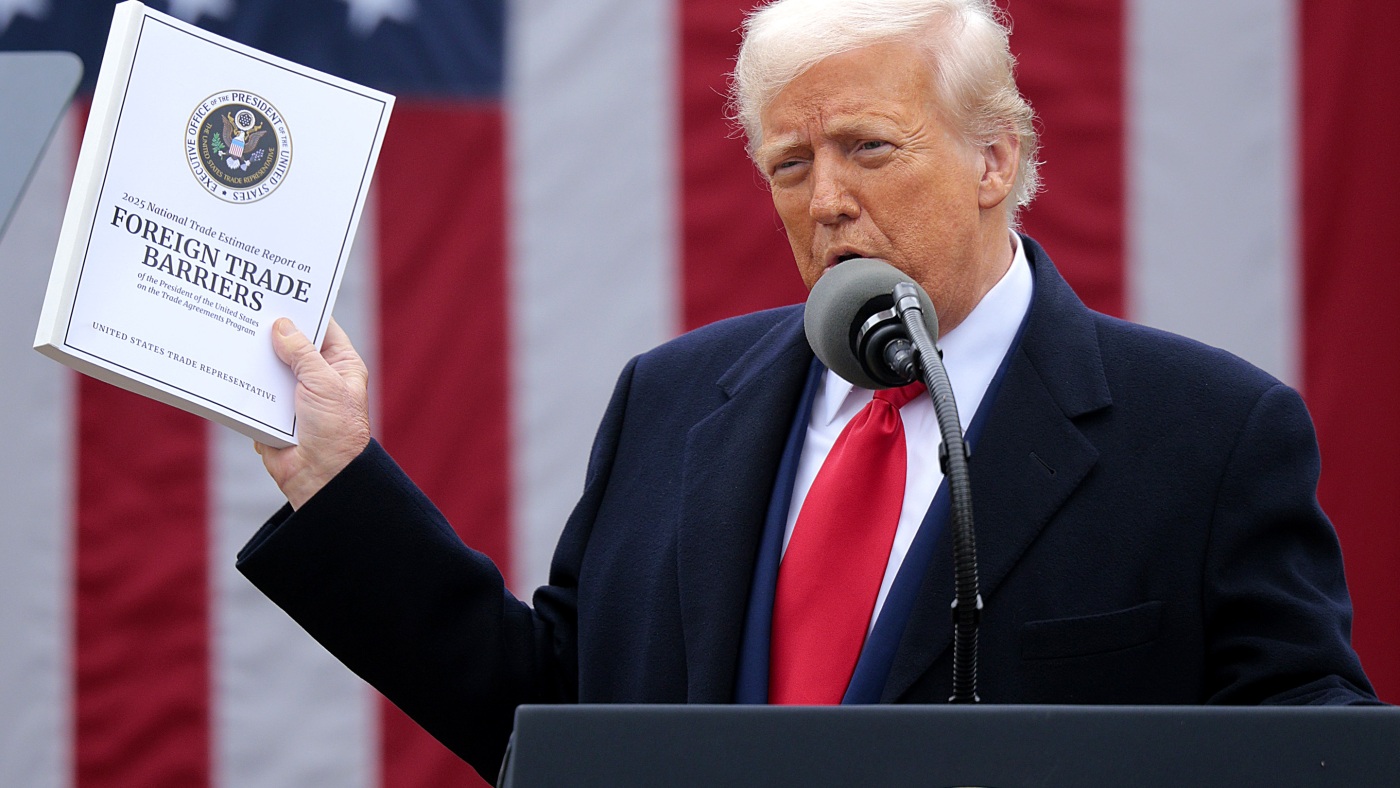China has labeled the recent passage of a British warship through the Taiwan Strait as a provocative act that threatens regional peace. The HMS Spey, part of a long-planned deployment by the British Royal Navy, was confirmed to be operating under international law.
This marks the first British naval patrol in the strait in four years. It coincides with the arrival of a UK carrier strike group, led by the HMS Prince of Wales, which is set for an eight-month mission. British Prime Minister Keir Starmer emphasized that this deployment aims to demonstrate strength to adversaries and unity to allies.
China claims Taiwan as its territory, a view firmly rejected by Taiwan itself. The Chinese government criticized the UK for "publicly hyping up" the HMS Spey’s passage and accused it of distorting legal principles. They stated that they observed the HMS Spey’s journey and warned of potential responses to any perceived threats.
Taiwan’s foreign ministry welcomed the patrol, viewing it as essential to maintaining navigation freedom in the Taiwan Strait. Unlike the US, which regularly conducts naval exercises in the area, this marks a rare British naval presence since the HMS Richmond’s journey in 2021, which also faced Chinese criticism.
The HMS Spey and another British warship are part of a permanent patrol in the Indo-Pacific. This deployment involves approximately 4,000 British military personnel, engaging with 30 nations and conducting missions alongside countries like the US, India, Singapore, and Malaysia.
Tensions between China and Taiwan have escalated recently, particularly since Taiwanese President Lai Ching-te, who takes a strong anti-Beijing stance, took office. He refers to Beijing as a “foreign hostile force” and has pushed policies countering Chinese influence in Taiwan.
Historically, China’s military drills in the Taiwan Strait have increased in frequency, especially in light of recent political changes. For instance, in April, China conducted live-fire exercises that purportedly targeted vital ports and energy infrastructure.
As a point of concern, two Chinese aircraft carriers are currently conducting simultaneous military drills in the Pacific near Japan, raising alarms in Tokyo. This broader context underscores the mounting tensions in the region, as military posturing becomes more frequent on both sides.
For an in-depth look at international maritime law and freedom of navigation, refer to resources like the United Nations Convention on the Law of the Sea.






















